When you’re pregnant, even the smallest decision about what you put on your skin feels huge. That eczema flare-up? The stubborn acne? The itchy stretch marks? You want relief-but you’re terrified of harming your baby. The good news: topical medications are often safer than pills or injections because they barely enter your bloodstream. But the bad news? Not all creams are created equal. Some are fine. Others? You need to avoid them completely.
Why Topical Medications Are Usually Safer in Pregnancy
Unlike swallowing a pill or getting an injection, creams and ointments applied to your skin don’t travel far. Most of what you put on stays right there-on the surface. Studies show that only 1% to 10% of topical medication gets absorbed into your blood, depending on the product, how much you use, and where you apply it. For example, applying cream to your forearm? Almost nothing gets absorbed. But if you rub it on your eyelids, face, or groin? Your body takes in more. That’s why doctors tell you to use the smallest amount possible, especially on thin skin.Safe Topical Treatments for Common Pregnancy Skin Issues
Many skin problems flare up during pregnancy-eczema, acne, yeast infections, and melasma (that dark patch on your face, sometimes called the “mask of pregnancy”). The good news? There are safe, effective options.- Hydrocortisone cream (1%): This mild steroid is safe for short-term use on eczema or rashes. Avoid using it on large areas or for weeks at a time. Stick to small patches, and don’t apply it near your breasts if you’re breastfeeding.
- Clindamycin and erythromycin gels: These antibiotics are top choices for acne. They don’t get absorbed much, and studies show no increased risk of birth defects. Many OB-GYNs and dermatologists recommend them as first-line treatments.
- Benzoyl peroxide (5% or less): This is the most common OTC acne treatment, and it’s considered safe. It kills bacteria on the skin and doesn’t enter your blood in meaningful amounts. Just avoid high concentrations (over 10%) unless your doctor says it’s okay.
- Clotrimazole, miconazole, and nystatin: These antifungal creams treat vaginal yeast infections and skin fungus. They’re safe during all three trimesters. Nystatin is especially gentle and often used for diaper rash in newborns.
- Azelaic acid (15-20%): Great for melasma and acne. It’s a Category B drug, meaning animal studies showed no harm, and human data supports its safety. Many women report noticeable improvement in dark patches with no side effects.
Topical Medications to Avoid During Pregnancy
Some creams sound harmless-but they’re not. Even if they’re applied to the skin, they can still cross the placenta. Avoid these completely:- Retinoids: This includes tretinoin (Retin-A), adapalene (Differin), tazarotene, and isotretinoin (Accutane). Even though topical retinoids are absorbed less than oral ones, there are case reports linking them to birth defects, especially when used in the first trimester. The American College of Obstetricians and Gynecologists (ACOG) says to stop using them before trying to get pregnant.
- Topical NSAIDs: Creams like diclofenac or ibuprofen gel. While they absorb less than pills, they still carry the same risk: closing a fetal blood vessel called the ductus arteriosus after 30 weeks. That can lead to serious heart problems in the baby. Avoid them after 30 weeks, and use them sparingly even earlier.
- Podofilox and podophyllin: These are used for genital warts but are toxic to developing cells. They’re linked to fetal abnormalities and should never be used during pregnancy.
- High-potency corticosteroids: Products like clobetasol or betamethasone. They’re strong enough to affect fetal growth if used over large areas for long periods. If you need them, use the lowest dose for the shortest time possible-and tell your OB.

What About Over-the-Counter Moisturizers and Sunscreens?
You don’t need a prescription to keep your skin healthy. In fact, moisturizing is one of the best things you can do during pregnancy. Look for products labeled “fragrance-free” and “hypoallergenic.” Avoid anything with retinol, salicylic acid (over 2%), or essential oils like rosemary or sage in high concentrations. For sunscreen, mineral options with zinc oxide or titanium dioxide are ideal. They sit on top of the skin and don’t absorb. Chemical sunscreens (like oxybenzone) are debated-some studies suggest low absorption, but since we don’t know the long-term effects, mineral sunscreens are the safer bet. Apply daily, even on cloudy days. Melasma gets worse with sun exposure, and prevention is easier than treatment.How to Use Topical Products Safely
Even safe products can cause problems if used the wrong way. Here’s how to minimize risk:- Use the smallest amount needed. A pea-sized dab covers your whole face.
- Avoid applying to large areas. Don’t cover your belly or thighs with steroid cream unless your doctor says so.
- Don’t use on broken skin or open wounds. That increases absorption.
- Wash your hands after applying. You don’t want to accidentally transfer it to your eyes or mouth.
- Check the expiration date. Old creams can break down and become irritating.
- When in doubt, call your doctor or pharmacist. Don’t rely on internet forums or well-meaning friends.
What the Experts Say
The American Academy of Dermatology, ACOG, and the European Academy of Dermatology all agree: most topical treatments are low-risk. But they also stress that data is still limited. Most studies are based on animal models or small human cases. There’s no huge, long-term trial tracking thousands of pregnant women using every cream on the market. That’s why recommendations are cautious. For example, while azelaic acid and clindamycin are widely used and considered safe, newer ingredients like niacinamide or bakuchiol (a plant-based retinol alternative) haven’t been studied enough in pregnancy. Stick to the classics with decades of use.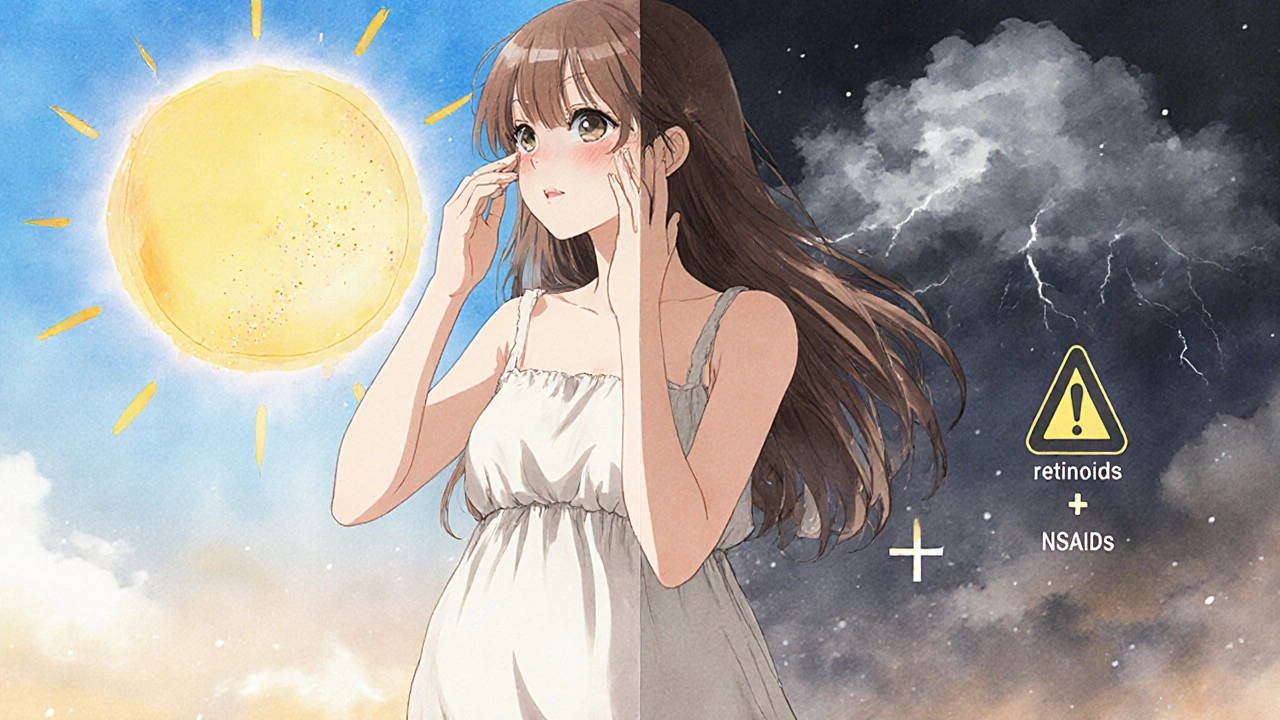
Real Stories, Real Concerns
One woman in Adelaide told her doctor she was using adapalene gel for acne. She didn’t know she was pregnant until week six. She panicked. Her doctor reassured her that the risk was low-she’d used a small amount on her nose, not her whole face. She had a healthy baby. But she didn’t sleep for weeks. Another woman used a strong corticosteroid cream on her legs for months to treat eczema. Her baby was born smaller than expected. Her doctor suspected the cream, but couldn’t prove it. She now uses only 1% hydrocortisone and keeps a journal of everything she applies. These aren’t rare stories. The InfantRisk Center, which handles over 1,200 pregnancy medication questions a month, says nearly 1 in 5 calls are about topical products. Most are from women scared they’ve done something wrong.What to Do If You’ve Used Something Unsafe
If you accidentally used a retinoid, NSAID cream, or something else you shouldn’t have:- Stop using it immediately.
- Don’t panic. One use, especially early on, doesn’t guarantee harm.
- Call your OB-GYN or midwife. They’ll likely refer you to a specialist or a teratogen information service.
- Keep track of when you used it, how much, and where.
Bottom Line: You Can Care for Your Skin Without Risking Your Baby
Pregnancy doesn’t mean you have to suffer from itchy, acne-prone, or dry skin. There are plenty of safe, effective topical options. Stick to the ones with the most evidence: hydrocortisone 1%, clindamycin, benzoyl peroxide, azelaic acid, and antifungals like clotrimazole. Avoid retinoids, strong steroids, and NSAID creams after 30 weeks. Always use the least amount possible, and talk to your doctor before trying anything new-even if it’s labeled “natural” or “gentle.” Your skin matters. Your baby matters. You don’t have to choose between them.Is hydrocortisone cream safe during pregnancy?
Yes, 1% hydrocortisone cream is safe for short-term use on small areas during pregnancy. It’s a mild steroid with very low absorption. Avoid using it on large areas, for long periods, or on the face unless directed by your doctor. Don’t apply it right before breastfeeding if you’re using it on your breasts.
Can I use acne cream while pregnant?
Yes-but only certain types. Topical clindamycin, erythromycin, and benzoyl peroxide (5% or less) are considered safe. Avoid all retinoids, including adapalene and tretinoin, even if they’re over-the-counter. These can cross the placenta and may increase the risk of birth defects, especially in the first trimester.
Is salicylic acid safe in pregnancy?
Low-dose salicylic acid (2% or less) in cleansers or toners is generally considered safe for occasional use. But avoid peels, high concentrations, or using it over large areas. Oral aspirin and high-dose salicylic acid are linked to complications, so it’s best to be cautious. If you’re unsure, skip it and choose benzoyl peroxide instead.
What’s the safest sunscreen for pregnant women?
Mineral sunscreens with zinc oxide or titanium dioxide are the safest. They sit on top of the skin and don’t absorb into your bloodstream. Avoid chemical sunscreens like oxybenzone, which can be absorbed and may affect hormones. Look for “broad spectrum,” SPF 30 or higher, and reapply every two hours.
Can I use antifungal cream for a yeast infection while pregnant?
Yes. Clotrimazole, miconazole, and nystatin are first-line treatments for vaginal yeast infections during pregnancy and are considered safe in all trimesters. They’re available over-the-counter in creams or suppositories. Follow the package instructions, and if symptoms don’t improve in a few days, see your doctor.
Are natural or organic creams always safe during pregnancy?
No. Just because a product says “natural” or “organic” doesn’t mean it’s safe. Some essential oils (like rosemary, sage, or basil) can stimulate contractions. Others, like tea tree oil, can disrupt hormones. Always check the ingredients. If you’re unsure, ask your doctor or pharmacist before using.
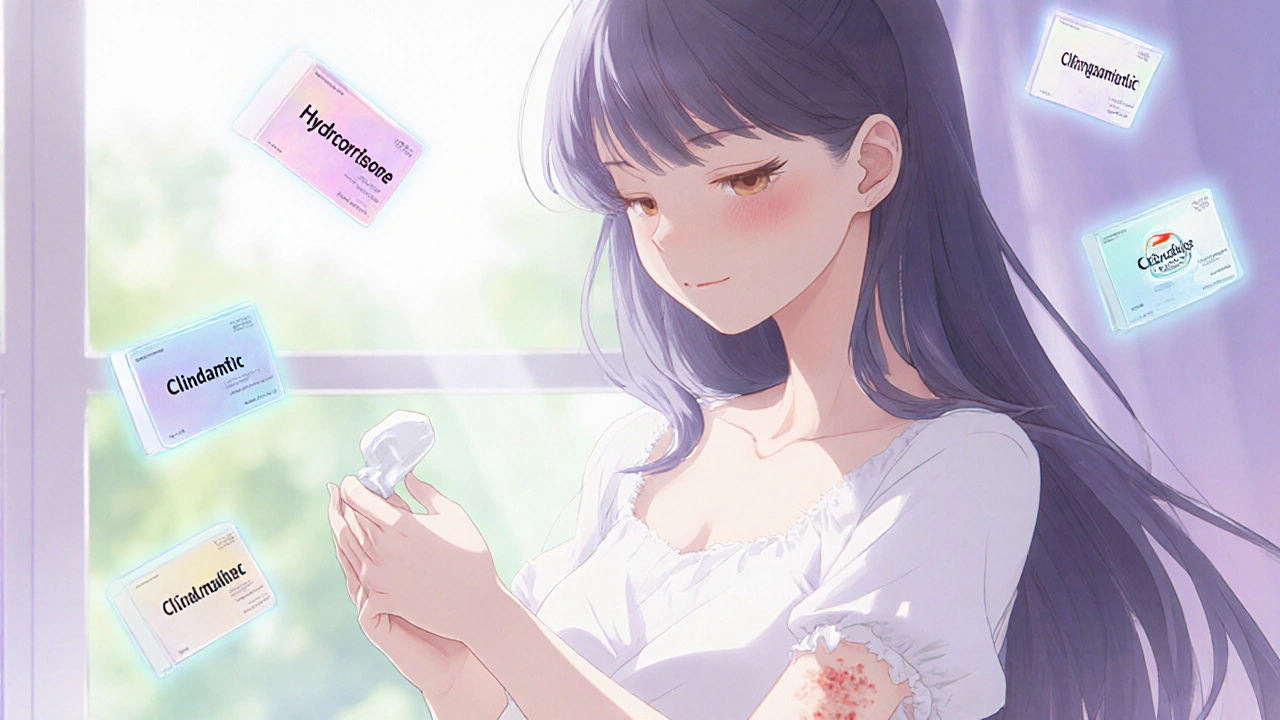

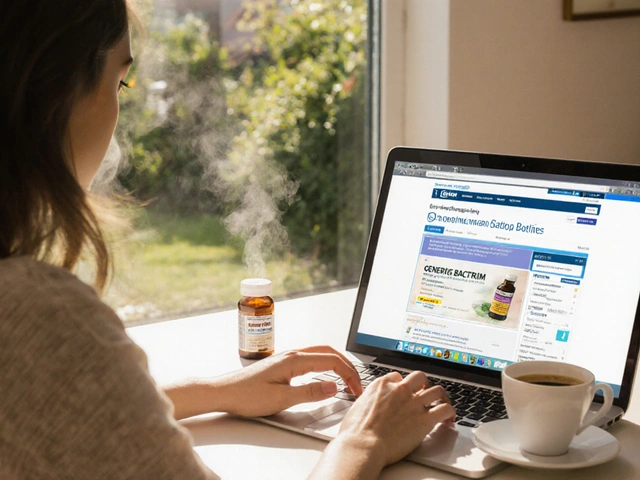

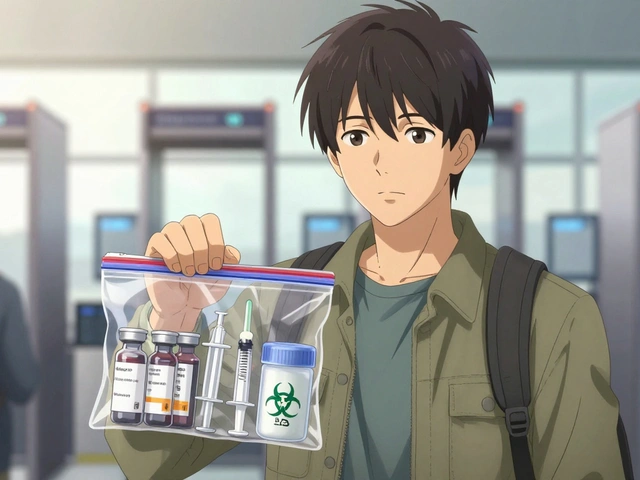


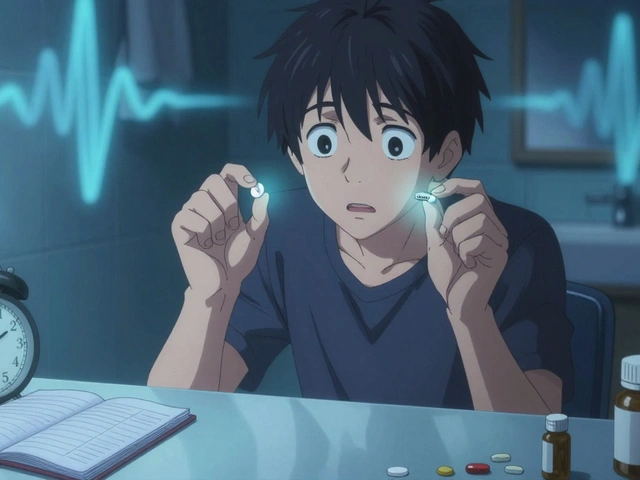
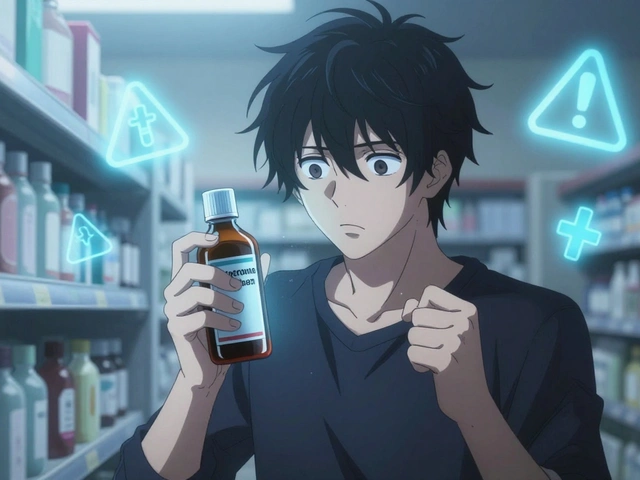
Ryan Airey
Let me guess - you’re one of those people who thinks ‘natural’ means ‘safe.’ Lol. Benzoyl peroxide? Safe? That’s just a chemical burn in disguise. And hydrocortisone? It’s a steroid. Period. Your body doesn’t care if it’s 1% or 10% - it’s still poison if it gets in. And don’t even get me started on ‘mineral sunscreens.’ Zinc oxide nanoparticles? They’re in your bloodstream now. The FDA just quietly approved it. They don’t want you to know.
Chris Bryan
Of course the government says it’s safe. They’re in bed with Big Pharma. You think they’d tell you that retinoids are linked to neural tube defects because they’re owned by the same companies that make prenatal vitamins? Wake up. The ‘safe’ list? It’s a marketing brochure. I used clotrimazole for my yeast infection - and my kid had a birthmark shaped like a lightning bolt. Coincidence? Or did the cream mess with my DNA? I don’t trust any of this.
Jonathan Dobey
Ah, the modern pregnancy paradox: we are told to treat our skin like a sacred temple, yet every topical agent is a Trojan horse of endocrine disruption. The irony is exquisite - we are urged to embrace ‘evidence-based medicine,’ yet the evidence is drawn from rodent models and anecdotal case reports of women who weep in the dark, wondering if their child’s colic was caused by a pea-sized dab of benzoyl peroxide. Azelaic acid? A noble compound, yes - but is it truly benign when applied to the porous, estrogen-saturated epidermis of gestation? Or is it merely the latest placebo draped in the robes of scientific legitimacy? The truth, my friends, is not in the cream - it is in the silence of the regulatory bodies who refuse to fund longitudinal studies. We are lab rats in a gilded cage.
ASHISH TURAN
As someone from India where we’ve used neem paste and turmeric for generations, I find it funny how we now treat everything like a chemical threat. My sister used 1% hydrocortisone during her pregnancy and had a healthy baby. She also used coconut oil for stretch marks - no problems. The real issue isn’t the cream - it’s the fear. We’ve been taught to distrust our skin, our bodies, and now even our grandmothers’ wisdom. Not everything Western medicine labels ‘unsafe’ is actually dangerous. Use common sense. If it’s been used safely for centuries, maybe don’t panic because a 2023 blog says otherwise.
Hollis Hollywood
I just want to say - I really appreciate how thoughtful this post is. I was so scared when I got pregnant and started breaking out. I used benzoyl peroxide for like two weeks and then stopped because I read some Reddit post that said it could cause autism. I didn’t sleep for three nights. But reading this - the way it breaks down absorption rates and actual studies - it actually calmed me down. I didn’t know that only 1-10% gets absorbed. I thought it was like swallowing a pill. I’m not a scientist, but this made me feel less guilty. Thank you for not just listing rules - you explained why. That matters more than you know.
Aidan McCord-Amasis
Use zinc oxide. Avoid retinoids. Done. 🧴👶
Adam Dille
Man, I just read this whole thing and I’m so glad I didn’t panic when I used that salicylic acid toner in week 5. I thought I’d ruined everything. I’m not saying it’s 100% fine - but like, maybe the fear is worse than the thing itself? I’ve been using CeraVe moisturizer and mineral sunscreen since day one. No retinoids, no NSAID gels. I’m not trying to be perfect - just careful. And honestly? My skin’s never looked better. Maybe the real secret isn’t the product - it’s not stressing out about every little thing. 🤍
Katie Baker
This post literally saved my sanity. I was using adapalene because my acne was out of control, and when I found out I was pregnant, I thought I’d doomed my baby. I called my OB and she laughed - said I used it on my nose for two weeks, not my whole face. She told me to switch to clindamycin and not to lose sleep over it. I cried. Not because I was scared - because someone finally said it’s okay to take care of myself while I’m growing a human. Thank you for writing this. I’m sharing it with my whole mom group.